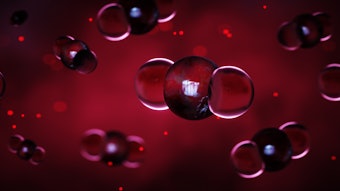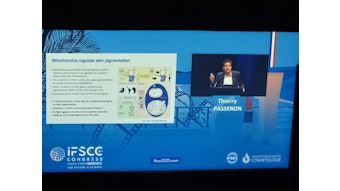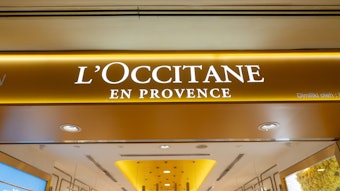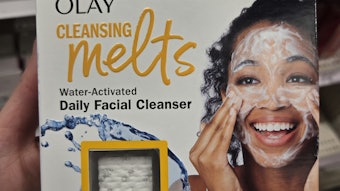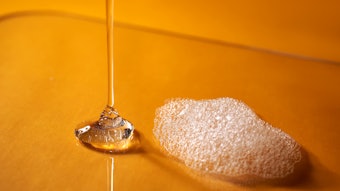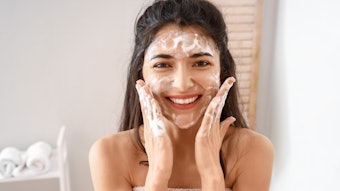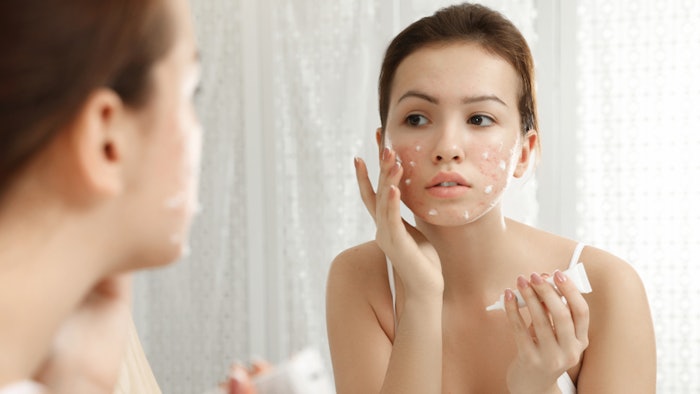
Acne affects up to 50 million Americans annually starting around the time of puberty and continuing as late as the 30s and 40s.1 According to Fortune Business Insights, the U.S. acne treatment market is projected to grow from $4.50 billion in 2022 to $6.12 billion by 2029.2
With acne care on the rise, the need for acne aftermath products will increase alongside it. In response, this article describes the formulation of treatments for acne scarring, including serum dosage forms such as essences, serums or even moisturizers.
It is important to note that products to address acne scarring do not follow the same U.S. Food and Drug Administration FDA and over-the-counter (OTC) protocols as treatments for acne itself. This because products to address scarring are focused on cosmetically altering already healed skin, rather than mitigating acne as a condition.
Acne Formation
To formulate products that address acne scarring, it is first helpful to understand its formation. As mentioned in a previous Formulating on Trend article, there are various types of acne.3 The first type is non-inflammatory, which presents as blackheads and whiteheads. Blackheads are open comedones that rarely develop into inflammatory lesions. On the other hand, whiteheads are closed comedones that can process into inflammatory lesions.
The second type is inflammatory acne, which presents as:
- Papules — small, raised, red and tender bumps under the skin;
- Pustules (pimple) — red, tender bumps with white pus at the tip;
- Nodules — deep, hard to the touch, painful and deep red or purple in color; and
- Cysts — large, pus-filled lesions, affecting deeper skin layers and frequently causing scarring.
Inflammation caused by acne occurs when the hair, sebum and keratinocytes stick together inside the pore. This prevents the keratinocytes from shedding and keeps the sebum from reaching the surface of the skin. The mixture of oil and cells allows bacteria that normally live on the skin to grow in plugged follicles and cause inflammation and swelling, redness, heat and pain. When the wall of the plugged follicle breaks down, it spills the bacteria, skin cells and sebum into nearby skin, creating lesions or pimples.4
Acne Scarring
Skin layers in general are most prone to damage from UV rays and bacteria; when it comes to acne, damage often occurs in areas with sebaceous glands such the face, back and chest. Here, the skin becomes raised and inflamed and areas may be left with shallow scars that can affect the surrounding tissue, resulting in more severe scarring.
The type of acne and its severity will dictate the intensity of the scarring. As the skin heals and repairs from acne, an excess of collagen fibers produced causes the raised scars to appear on the skin's surface. The loss of tissue during the healing process may also create pits, pockmarks and indentations in the skin.
Of the 80% of people between the ages of 11-30 who will suffer from acne, 20% will see scarring. When attempting to treat acne scarring, it is important to determine the type and depth. There are two types of scarring: atrophic and depressed; the below outlines the different types according to the Cleveland Clinic.5
- Ice pick — An ice pick tool has a wide shaft that narrows down to the tip. This type of acne scar resembles the tool in that it is a hole that is wide at the top and narrows to a point as it goes deeper into the skin.
- Rolling — These scars are typically found on the lower cheeks and jaw, where the skin is thicker. The indents have sloping edges that make the skin look uneven and wavy.
- Boxcar — Boxcar scars are indents that have sharper edges. Those edges go down deep into the skin. These scars are common on the lower cheeks and jaw.
- Keloid scars — These lesions of scar tissue rise off of the skin. They are caused when fibrous tissues — the collagen in the region of the skin — overgrow. These scars are usually found on the chest, back, shoulders and jawline and can be itchy, tender or painful.
Cosmetic Actives
When formulating essences, serums, moisturizers, etc., for acne scarring, key ingredients include actives, thickeners and humectants. Since cosmetic actives are not regulated as acne drugs, there are many commercial options to assist with acne scar treatment. A few examples include the following.
BB-Biont (INCI: Glycerin (and) Water (Aqua) (and) Palmitoyl Pentapeptide-4), from Sederma, is said to counteract skin dysbiosis and smooth the appearance of pockmarks.6
Renaissance Solution (PF) (INCI: Hydrolyzed Wheat Protein (and) Palmitoyl Decapeptide-21 (and) Decapeptide-22 (and) Oligopeptide-78 (and) Zinc Palmitoyl Nonapeptide-14), from Infinitec, is indicated for mature, photodamage skin and suitable for scar reduction.7
Alpha-Hydroxy-Acids (AHA) can also be used to help not only with increasing cell turnover to lighten dark spots caused by acne scarring, but also as a penetration enhancer for other ingredients to help improve the efficacy of the formulation. Examples of AHAs include glycolic acid and lactic acid.8
Thickeners
Thickeners in a serum will function by controlling the rheology, flow and texture of the formulation. These also help to maintain the homogenous distribution of any insoluble ingredients and stabilize the formula. Synthetic polymers such as acrylic acid and carbomers can be used. These molecules create crystal-clear gels and provide a water-like feel.
Gums such as guar gum, xanthan gum and carrageenan are also great options to create a texture that has added slip and a slightly sticky residue in formulations. These ingredients help enhance the delivery feel of a formulation as well as assist in ensuring the product can be evenly applied to the skin.
Humectants
Lastly, humectants can not only deliver hydration, but also help to enhance the skin penetration of certain ingredients. As briefly stated, AHAs can also enhance delivery and function by promoting desquamation and improving barrier function with the increase of ceramide levels. Glycerin and propanediol are additional cost-effective humectants that assist with increasing hydration to the skin. Additionally, glycerin can assist in enhancing freeze/thaw stability studies.9
Conclusion
As the market for acne treatments grows, solutions for acne scarring will follow suit. To create such a treatment serum, it is important to understand the targeted type of scarring and to select the proper ingredients. In addition, the product should be formulated for even distribution on the skin, e.g., with the use of a water gelling agent, to assist with the dosage of the formula. Finally, humectants can help to enhance skin hydration and keep the barrier strong, ensuring protection while treating scarring.
References
1. American Academy of Dermatology (accessed 2022, Oct 31). Skin conditions by the numbers. Available at https://bit.ly/3FqN4ys
2. Fortune Business Insights (accessed 2022, Oct 31). U.S. acne treatment market size, share and covid-19 impact analysis, by product type (retinoids, antibiotics, isotretinoin, and others), by treatment modality (oral and topical), by age group (10 to 17, 18 to 44, 45 to 64, and 65 and above), by distribution channel (hospital pharmacies and retail pharmacies), and regional forecast, 2022-2029. Available at https://www.fortunebusinessinsights.com/u-s-acne-treatment-market-106565
3. Lam-Phaure, L. (2022, April 28). Formulating on trend: Healing acne care. Available at https://bit.ly/3sGGgVY
4. National Institute of Arthritis and Musculoskeletal and Skin Diseases (2022, Apr 1). Acne. Available at https://www.niams.nih.gov/health-topics/acne
5. Cleveland Clinic (2020). Acne scars. Available at https://my.clevelandclinic.org/health/diseases/21222-acne-scars
6. Croda (accessed 2022, Oct 31). BB-Biont. Available at https://www.crodapersonalcare.com/en-gb/product-finder/product/5584-bb-biont
7. UL Prospector (accessed 2022, Oct 31). Renaissance Solution (PF). Available at https://bit.ly/3SNSnLk
8. Lam-Phaure, L. (2021, Mar 31). Formulating on trend: Hyperpigmentation treatment serum. Available at https://bit.ly/3U83zn8
9. Lam-Phaure, L. (2021, March 31). Formulating on trend: Hyperpigmentation treatment serum. Cosmetics & Toiletries. https://bit.ly/3U83zn8


